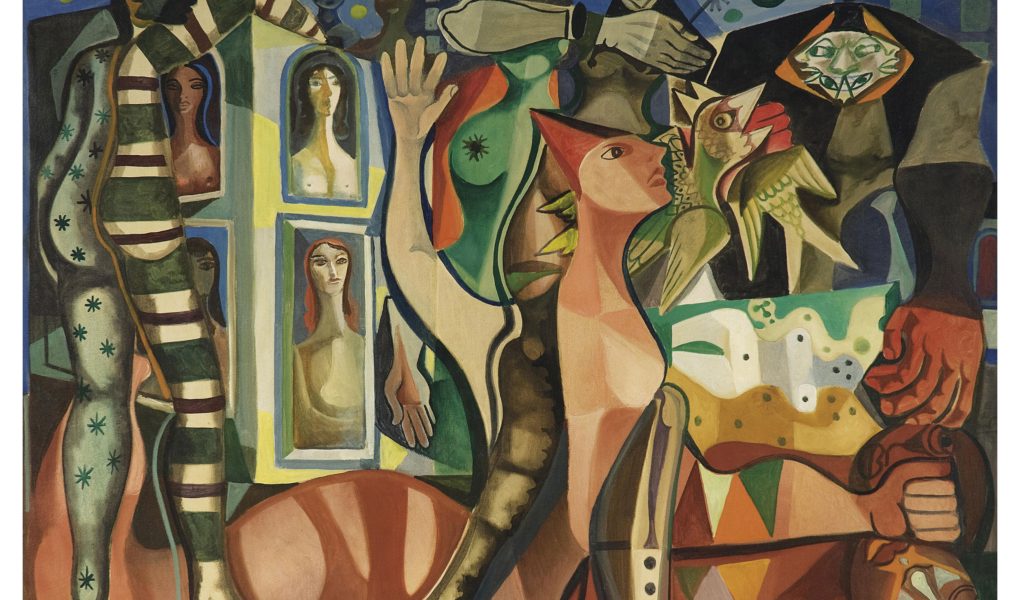lettersforvivian.org – European art movements have profoundly shaped global culture, influencing artistic expression, societal values, and even political ideologies worldwide. From the Renaissance to Modernism, these movements not only defined European aesthetics but also molded cultural narratives and artistic practices across the globe. This article explores the impact of key European art movements on global culture.
The Renaissance: A Global Awakening
The Renaissance, originating in 14th-century Italy, was characterized by a revival of classical learning and wisdom. Its impact transcended Europe, sparking a global appreciation for humanism, scientific inquiry, and artistic expression. The Renaissance’s emphasis on perspective and realism in art influenced painting styles in regions as far-flung as China and the Ottoman Empire, leading to a rich cross-cultural exchange of techniques and ideas.
Baroque: The Art of Emotion and Grandeur
Emerging in the 17th century, the Baroque movement was known for its dramatic use of light and shadow, and its emotive intensity. This style resonated globally, particularly in the Americas and Asia, where it merged with local traditions to create new forms of artistic expression. The Baroque’s theatricality and grandeur left a lasting legacy in architecture and visual arts worldwide.
Romanticism: A Global Reflection of Emotion
In the late 18th and early 19th centuries, Romanticism emerged as a reaction against the rationalism of the Enlightenment. It emphasized emotion, nature, and individualism, influencing not only literature and art in Europe but also cultural movements in India, Japan, and Latin America. Romanticism inspired a global appreciation for national folklore and cultural heritage, fueling independence movements and cultural renaissance in colonized regions.
Impressionism and Modernism: Redefining Artistic Boundaries
The late 19th and early 20th centuries saw the rise of Impressionism and Modernism, which challenged traditional artistic norms and embraced innovation. Impressionism’s focus on light and color influenced art movements in North America and Australia, while Modernism’s diverse styles inspired avant-garde movements in Latin America, Africa, and Asia. These movements encouraged a global dialogue on the nature of art and creativity, fostering a spirit of experimentation and diversity.
Conclusion
European art movements have left an indelible mark on global culture, shaping artistic practices and cultural narratives across continents. Through their innovative approaches and profound themes, these movements have facilitated a rich exchange of ideas, contributing to a shared global heritage that continues to inspire artists and audiences alike. As the world becomes increasingly interconnected, the influence of these art movements serves as a testament to the power of art in bridging cultural divides and enriching the human experience.

